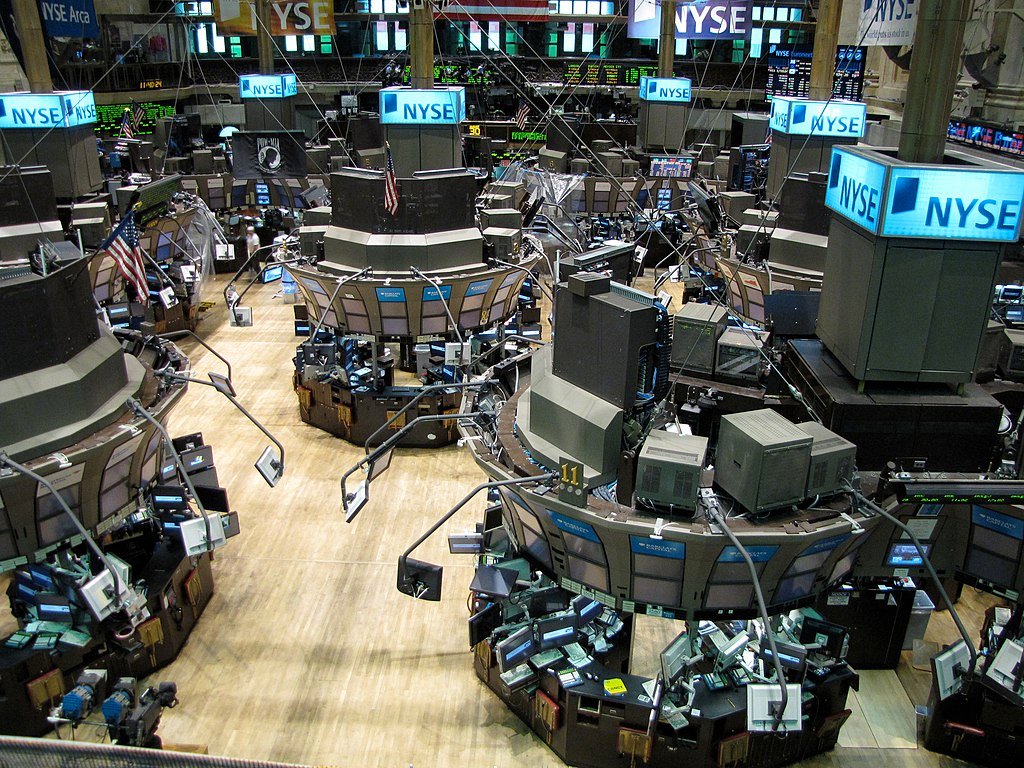Use Of AI for Stock Market Predictions

How to Use AI for Stock Market Predictions
Artificial Intelligence (AI) is transforming various industries, and one of its most promising applications is in the financial sector, particularly in stock market predictions. Traditional stock market analysis relies on fundamental and technical indicators, but AI leverages massive datasets and complex algorithms to generate more accurate predictions. AI-powered trading strategies can identify patterns, automate trading decisions, and enhance the profitability of stock investments.
This article will explore the various AI techniques used in stock market predictions, their benefits and limitations, and how to implement AI-based models for better trading outcomes.
The Role of AI in Stock Market Predictions
AI enhances stock market predictions by:
- Analyzing Historical Data: AI processes large volumes of past market data to identify trends and correlations.
- Detecting Patterns: AI algorithms recognize patterns in price movements and trading volumes that may indicate future trends.
- Automating Trading Decisions: AI-powered trading bots execute trades based on predefined algorithms, reducing human error.
- Processing News and Sentiment: Natural Language Processing (NLP) helps AI assess the impact of news articles, financial reports, and social media sentiment on stock prices.
- Risk Assessment: AI models estimate potential risks and suggest optimal investment strategies.
Key AI Techniques for Stock Market Prediction
1. Machine Learning (ML)
Machine learning is at the core of AI-based stock market prediction models. The primary ML techniques include:
a. Supervised Learning
Supervised learning models are trained on historical stock data, using labeled inputs such as stock prices, trading volumes, and economic indicators. Popular supervised learning models include:
- Linear Regression: A basic model used to predict future stock prices based on historical data.
- Random Forest: An ensemble learning method that improves prediction accuracy by combining multiple decision trees.
- Support Vector Machines (SVM): Used for classification tasks such as determining whether a stock’s price will go up or down.
b. Unsupervised Learning
Unsupervised learning identifies hidden patterns in stock market data without labeled outcomes. Popular methods include:
- K-Means Clustering: Groups stocks based on similarities in price movements.
- Principal Component Analysis (PCA): Reduces data dimensionality to highlight essential trends.
c. Reinforcement Learning (RL)
Reinforcement learning involves training AI models to make trading decisions through trial and error. An AI agent learns optimal trading strategies by receiving rewards for successful trades and penalties for poor decisions. Popular RL algorithms include Q-learning and Deep Q Networks (DQN).
2. Deep Learning
Deep learning models, such as artificial neural networks (ANNs) and long short-term memory (LSTM) networks, enhance AI’s predictive capabilities.
a. Artificial Neural Networks (ANNs)
ANNs mimic the human brain and process complex relationships between stock prices and market factors. They improve prediction accuracy by capturing non-linear dependencies in stock data.
b. Long Short-Term Memory (LSTM)
LSTMs are a type of recurrent neural network (RNN) designed for time-series forecasting. They retain information from past market trends to predict future price movements.
3. Natural Language Processing (NLP)
NLP enables AI to analyze news, earnings reports, and social media sentiment to gauge market sentiment. AI-powered sentiment analysis tools assign scores to financial news, helping investors assess the potential impact on stock prices.
Benefits of AI in Stock Market Predictions
1. Improved Accuracy
AI algorithms analyze vast amounts of data and identify patterns that human analysts might miss, leading to more accurate predictions.
2. Faster Data Processing
AI processes and analyzes data in real time, enabling quick decision-making and enhancing trading efficiency.
3. Reduced Human Bias
AI eliminates emotional biases that often affect human traders, leading to more rational investment decisions.
4. Enhanced Risk Management
AI models evaluate risk factors and suggest risk-adjusted strategies, minimizing potential losses.
5. Automation of Trading
AI-powered trading bots execute trades automatically, optimizing entry and exit points for maximum profitability.
Limitations of AI in Stock Market Predictions
1. Market Unpredictability
Stock markets are influenced by unforeseen events such as geopolitical crises and economic shifts, which AI may struggle to predict accurately.
2. Data Quality Issues
AI models rely on high-quality, relevant data. Inaccurate or biased data can lead to faulty predictions.
3. Model Overfitting
Overfitting occurs when AI models perform well on historical data but fail to generalize to future market conditions.
4. High Computational Costs
Developing and running AI models requires significant computational resources, which may be costly for individual investors.
How to Implement AI for Stock Market Predictions
Step 1: Data Collection
Gather historical stock prices, financial statements, economic indicators, and sentiment data from sources like Yahoo Finance, Alpha Vantage, and Bloomberg.
Step 2: Data Preprocessing
Clean and normalize the data by removing anomalies, handling missing values, and standardizing numerical values.
Step 3: Model Selection
Choose an appropriate AI model based on your trading strategy. For short-term predictions, LSTMs or reinforcement learning models may be suitable. For long-term investing, regression models or random forests can be effective.
Step 4: Training and Testing
Train your AI model on historical data and validate its performance using testing datasets. Adjust hyperparameters to optimize prediction accuracy.
Step 5: Deployment and Execution
Deploy the trained model for real-time trading or decision-making. AI trading bots can be integrated with brokerage platforms for automated trading execution.
AI-Based Stock Market Tools and Platforms
Several AI-powered platforms assist investors in stock market predictions:
- Trade Ideas: Uses AI algorithms to identify trading opportunities.
- Kavout: Provides AI-driven stock recommendations.
- Zacks Investment Research: Uses AI to generate stock ratings and market insights.
- Tickeron: Offers AI-based pattern recognition for traders.
AI is revolutionizing stock market predictions by offering advanced data analysis, pattern recognition, and automated trading capabilities. While AI enhances accuracy and efficiency, it also has limitations such as market unpredictability and data quality issues. Implementing AI for stock market predictions requires careful data collection, model selection, and risk assessment. By leveraging AI-powered tools and techniques, investors can improve their trading strategies and maximize their returns.





